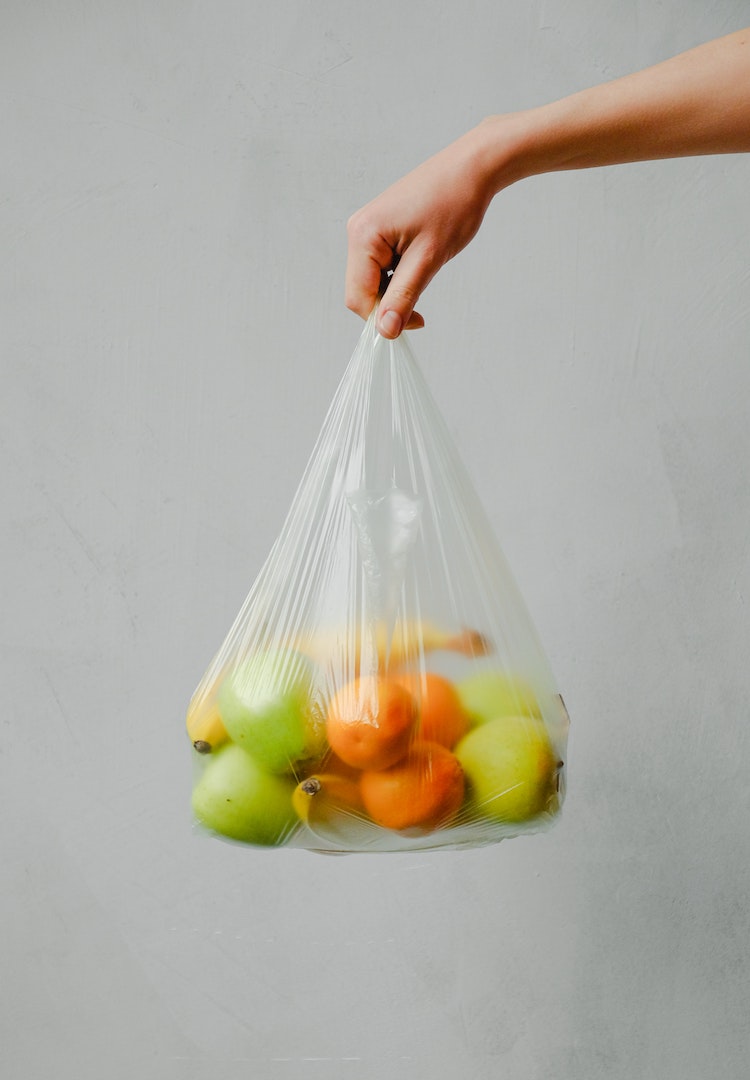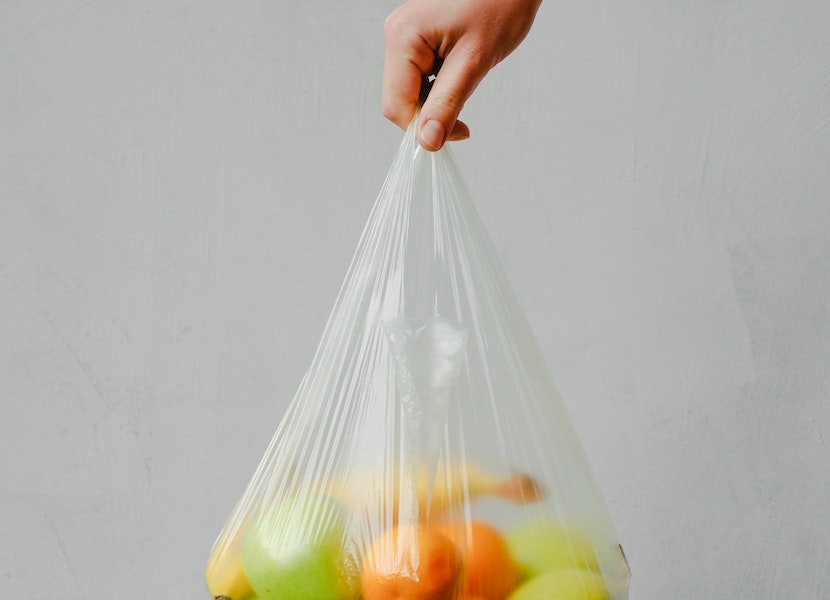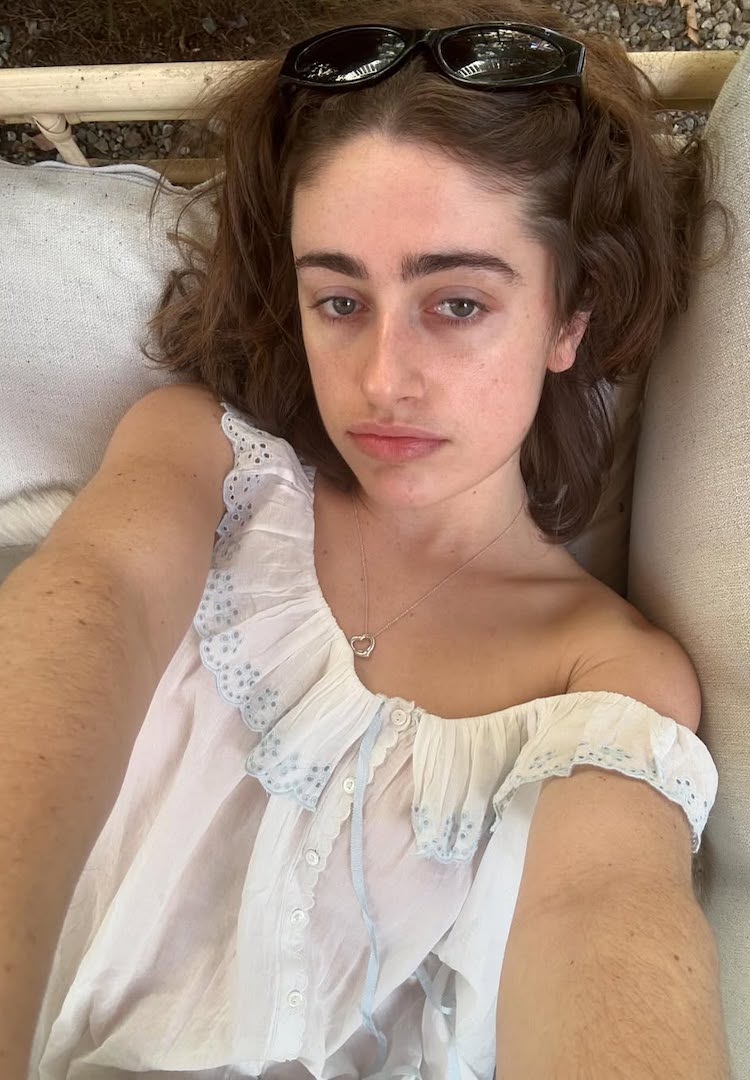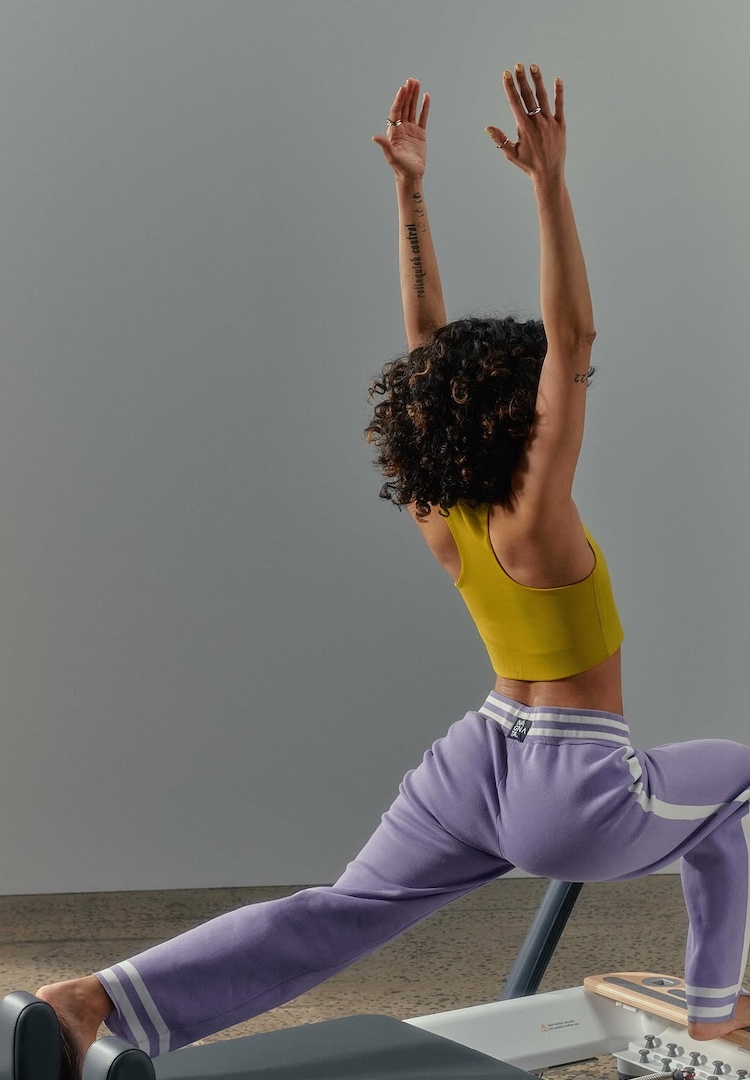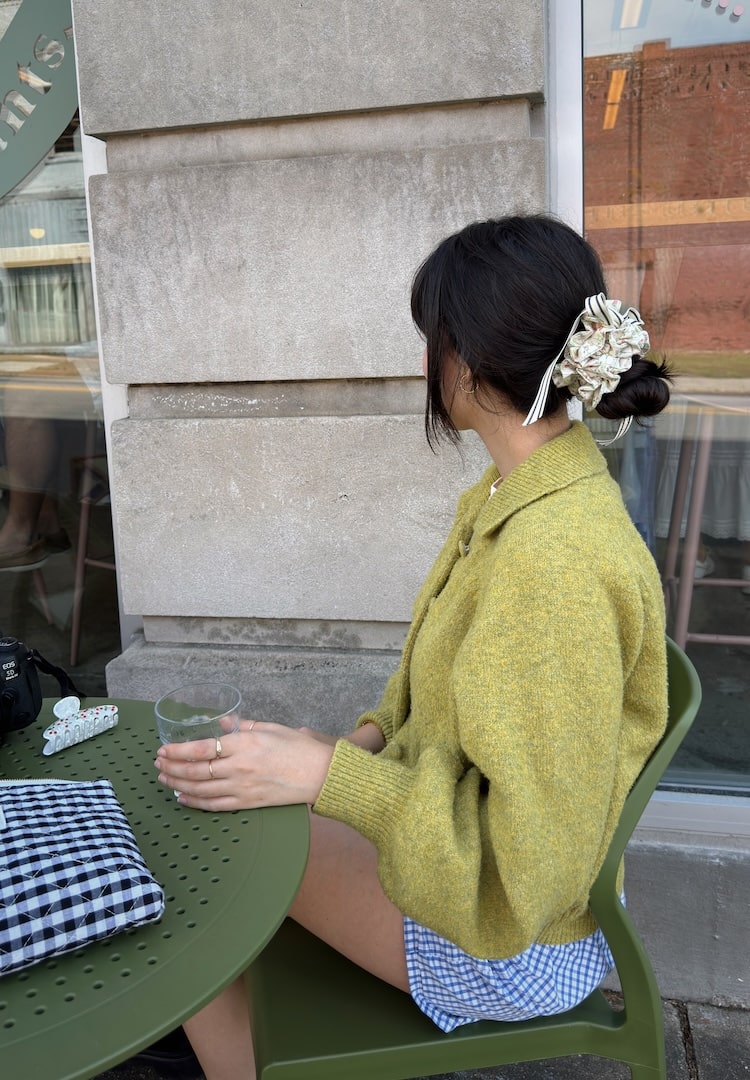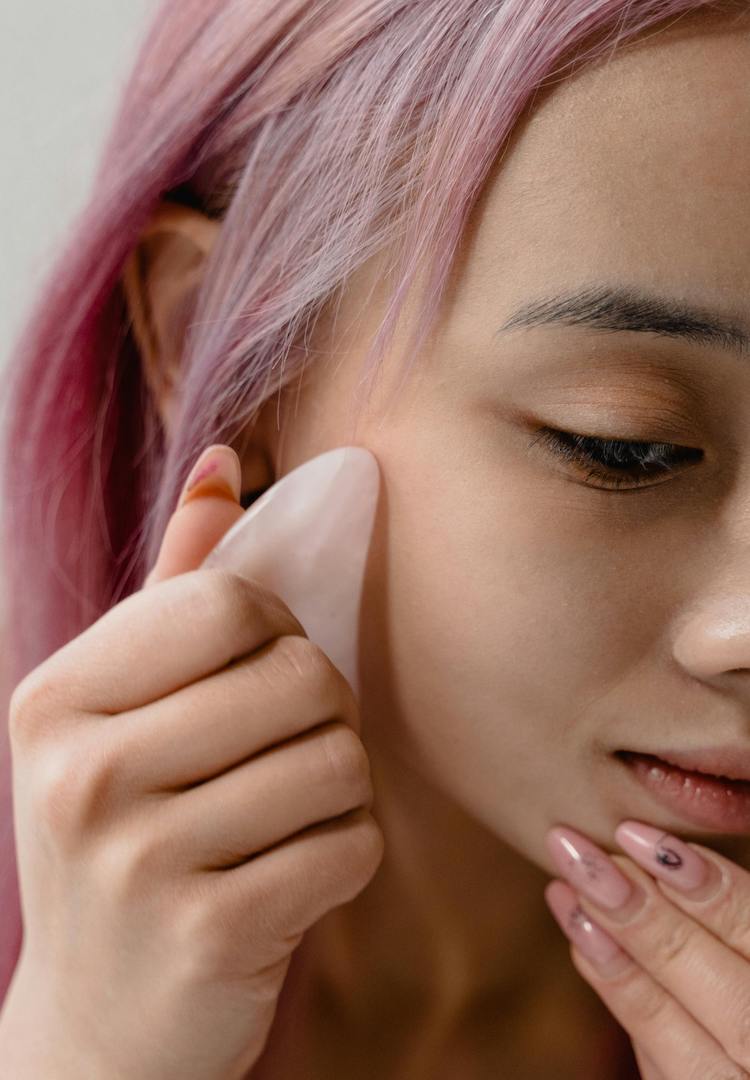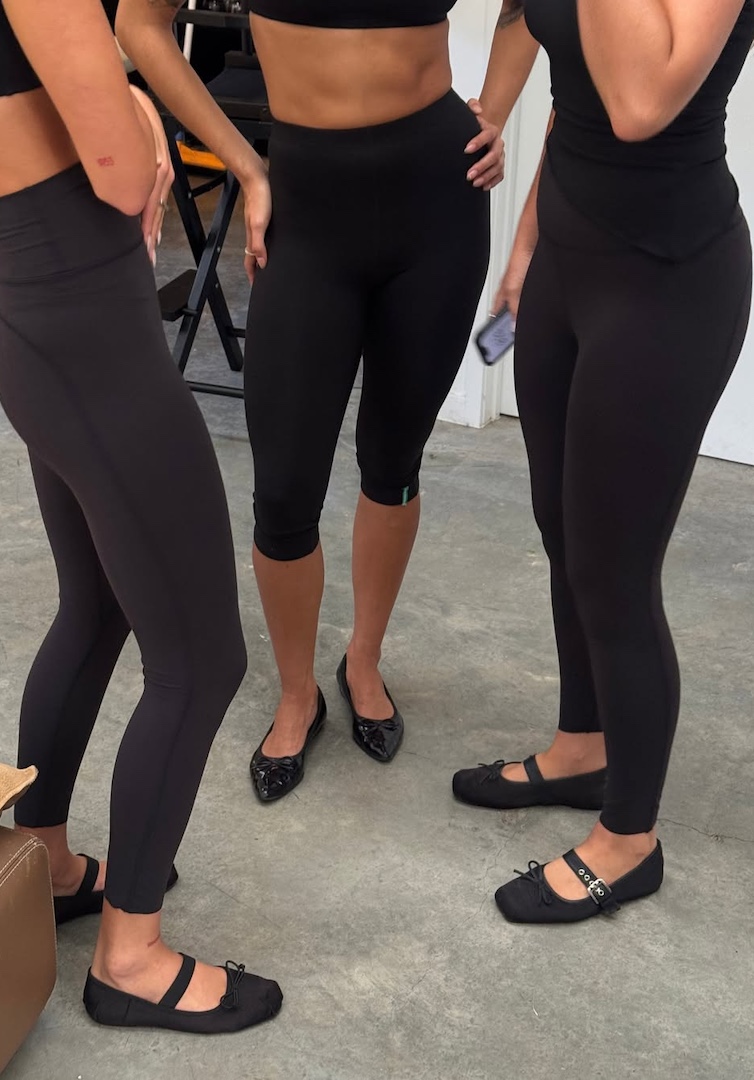Wellness culture is here to stay, so why am I so worried?
Words by Emily Coogan
Empty promises.
Content warning: This piece discusses diet culture, eating disorders, and body standards.
As global fashion brands venture into superfoods and health tech, I can’t help but feel a harrowing sense of déjà vu for an era marred by a focus on thinness, whiteness, and the commodification of wellness.
Recently, clothing label Pangaia announced its foray into superfoods (read: energy bars) while earlier this year, Selfridges welcomed in-store campaigns featuring “A new kind of retail therapy”. Intentions aside, I can’t help but ponder the social implications of painting your brand with the wellness brush and all of its connotations.
For more content like this, tap through to our Life section.
When the most recent wellness wave hit a cultural peak in the early 2010s, I found myself in the thick of it as a fresh teenager manning the counter of a salad shop with the brazenly fatphobic slogan ‘Eat Large, Stay Thin’.
After hours of listening to shy pronunciations of the word ‘quinoa’ and fielding questions as to the benefits of chia seeds, I would return home to scroll through colourful squares featuring skinny teas and influencers convincing us of the need to ‘detox’ by drinking nothing but watermelon juice.
I would then take to Tumblr, which became a haven for pro-eating disorder content as unregulated algorithms swallowed impressionable young users whole. In my spare time, I would happily watch reruns of Victoria’s Secret Fashion Shows on YouTube to pass the time, listening to aspirational bodies discussing strict lifestyles revolving around water fasting and exercise regimes more rigorous than that of an Olympian.
Each unsolicited body hack, remedy, and fructose-heavy detox was promoted under the guise of wellness – the ‘wellness’ of it all lost amidst whitewashed accounts of traditional health practices, swathed in a generous layer of toxic positivity.
Wellness is a visual trend just as much as that Miu Miu miniskirt is, except more harmful. The mission of wellness and its cure-all claims operate to promote a lifestyle unattainable by most. The concept comes with a hefty price tag, driving a global industry worth $4 trillion. It’s a cultural phenomenon attracting equal parts cult following and scientific critique.
Situation normal
Wellness culture as we know it emerged as we grew tired of visual body standards and looked inward at how we felt, which actually entails a pressure to perform wellness rather than experience a productive understanding of health. This new and improved iteration has been enabled by proclamations of “Good vibes only!” echoing across social media in the form of the ‘that girl’ trend, day-on-a-plates, and pricey health retreats.
Throw in a pandemic and masses of misinformation disputing modern medicine and here we are again, downing grassy-hued powders and vinegar-y tonics in an attempt to find our ‘healthiest’ selves. Food has again taken centre stage in the global theatre production of wellness, as multiple food groups are eliminated (and slandered) in favour of diet restrictions and rigid beauty standards.
We know that the wellness industry is merely a subset of the diet industry, repackaged for modern consumers. Wellness, in itself, is a privileged enterprise, as blatantly devoid of neutrality as it is lacking in representation of people of colour, people of all levels of ability, and diverse genders, sizes, and sexualities.
But at what cost?
Wellness sells superficial answers to complex, chronic illnesses, subsequently attaching a level of shame to any feeling that isn’t ‘well’ or ‘good’. More than that, wellness and body positivity have converged to form a not-so-dream team, as the former promotes unrealistic health standards and the latter provides a shield from valid, necessary critique. The conjoining of the two creates a new, powerful beast that co-opts notions of empowerment and contentment.
The most shocking part of it all might be how wellness still manages to cut through the various internet eras that emerge weekly. Traditional images of wellness manage to hold up against ‘goblin mode’ and ‘feral girl summer’, trends that encourage a shift away from cookie-cutter ideas of health, comfort, and self-love.
As lifestyle brands begin to spotlight strict definitions of ‘self-care’ activities, it’s clear we’ve forgotten the ramifications a simple, food-centric wellness campaign can have on our social values. I can’t move past the question: does wellness belong in the fashion conversation, or is it a garden path lined with empty promises?
What I thought would be a quick fling with superfoods as a teenager has become a lifelong, toxic relationship with pseudoscience-coated self-optimisation. We simply cannot afford to revisit wellness as a trend, not in its current form.
If you or someone you know is struggling with their mental health, eating disorders or addiction, you can contact the following:
Lifeline 13 11 14
Butterfly Foundation 1800 ED HOPE (1800 33 4673)
Eating Disorders Victoria 1300 550 236
Alcoholics Anonymous 1300 222 222
Narcotics Anonymous 1300 652 820


